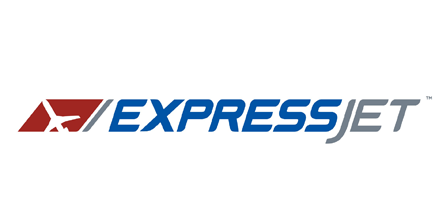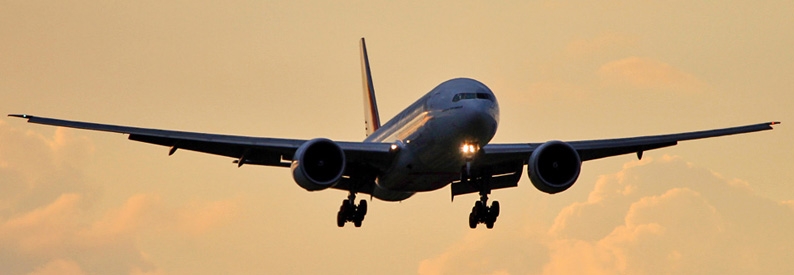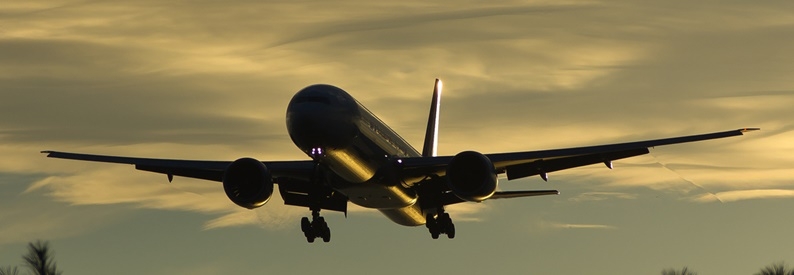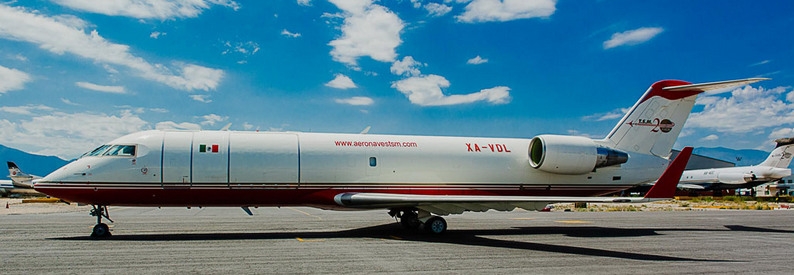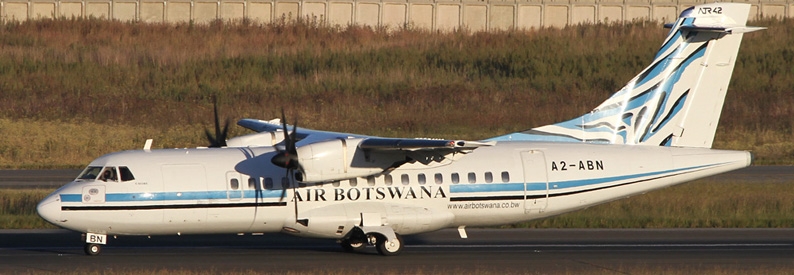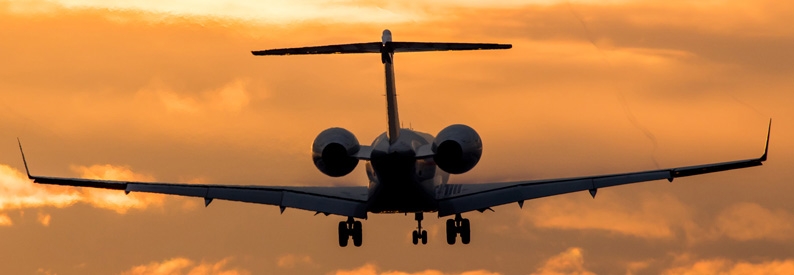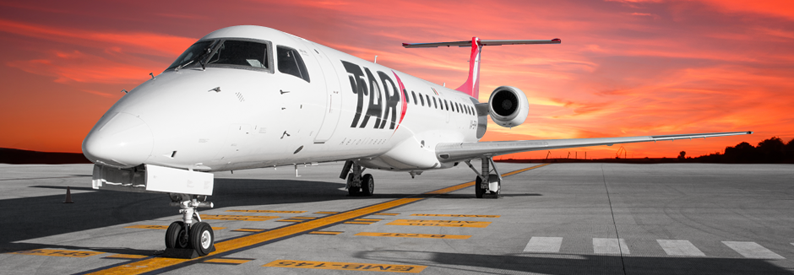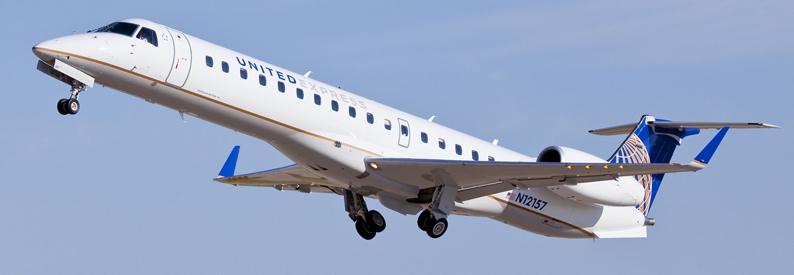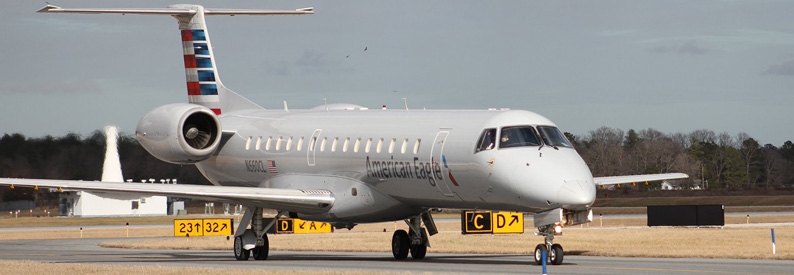ExpressJet Airlines (Atlanta Hartsfield Jackson) and three other US-based carriers have been singled out by the US Federal Aviation Administration (FAA) for violating various Federal Aviation Regulations. The following is a rendition of the various charges being brought by the FAA against ExpressJet, Trans States, Alaska Airlines and United Airlines.
Concerning ExpressJet, the FAA is proposing two civil penalties against the carrier totalling USD147,375 for allegedly violating drug and alcohol testing and aircraft maintenance regulations.
In the first case, the FAA alleges ExpressJet did not conduct required drug tests and receive verified, negative results before hiring or transferring four people into safety-sensitive positions. The company drug-tested a fifth person but waited too long after receiving the verified, negative results to hire him into a safety-sensitive position, the FAA alleges.
Furthermore, the FAA alleges ExpressJet failed to include one of these employees in its random drug and alcohol testing pool. Additionally, the agency alleges the company that ExpressJet hired to collect drug and alcohol testing specimens failed to properly ensure the completion of the custody and control or alcohol testing forms for tests on nine employees. ExpressJet also did not calibrate its evidential breath test device at proper intervals, the FAA alleges.
The FAA discovered the alleged violations during an inspection in May 2014 and is proposing a USD97,375 civil penalty in this case.
In the second case, the FAA alleges that, in April 2014, ExpressJet failed to ensure that an E145 Regional Jet underwent required testing and measurement of the aircraft surface in connection with the repainting of the jet. The FAA is proposing a USD50,000 civil penalty in this case.
ExpressJet is scheduled to meet with the FAA in mid-February to discuss the case.
Concerning Trans States Airlines (St. Louis Lambert International), the FAA is proposing a USD122,000 civil penalty against the airline for failing to test and inspect an Embraer E145 jet’s fuel system components within the timeframe required by an FAA Airworthiness Directive. The purpose of the Airworthiness Directive is to prevent spontaneous ignitions in the fuel system.
The FAA alleges Trans States operated the jet on 10 passenger flights when it was not in compliance with the Airworthiness Directive and therefore was not airworthy.
As with ExpressJet, Trans States is scheduled to meet with the FAA later this month to discuss the case.
Concerning Alaska Airlines (AS, Seattle Tacoma International), the FAA is proposing to levy two civil penalties totalling USD1.6 million against the airline for allegedly operating aircraft that were not in compliance with Federal Aviation Regulations.
In the first case, the FAA alleges that between 2010 and 2012, Alaska Airlines installed systems to pulse external lights on sixty-six Boeing 737s. The agency alleges the carrier failed to conduct required ground and flight tests to determine whether the systems caused electromagnetic radio frequency interference with aircraft radios, navigational systems, or other electronic equipment.
Alaska Airlines activated the pulsing system on fifty-nine of the sixty-six aircraft. The FAA alleges the carrier operated the fifty-nine aircraft in which the system was activated on more than 48,000 flights when they were not airworthy because the testing to determine interference had not been done.
The FAA is proposing a USD900,000 civil penalty in this case.
In the second case, the FAA alleges Alaska Airlines maintenance personnel in July 2011 repaired a Boeing 737’s cracked engine thrust lever with fasteners that obstructed the pilot’s access to the left side take-off/go-around button. Workers modified the repair a week later, but it still obstructed access to the button, the FAA alleges.
The FAA alleges Alaska Airlines operated the aircraft on 549 flights following the initial repair before replacing the entire thrust control lever in December 2011. During these flights, the aircraft was not in an airworthy condition, the FAA alleges.
The FAA, which is proposing a USD700,000 civil penalty in this case, has given Alaska Airlines 30 days from the receipt of the FAA's enforcement letter to respond to the agency.
Concerning United Airlines (UA, Chicago O'Hare), the FAA is proposing a USD1.3 million civil penalty against the airline for alleged violation of Hazardous Materials Regulations.
The FAA alleges that during inspections in Boston, San Francisco, Denver International, and Chicago O'Hare, it discovered at least 120 instances in which the carrier failed to comply with the regulations.
The FAA claims that almost all of the alleged violations involved the failure to provide the pilot in command with accurate information about hazardous materials aboard the aircraft, including the location of the materials on the aircraft; the materials’ type, quantity, weight, proper shipping name, identification number and hazard class; dates of the flights; and confirmation that no damaged or leaking packages had been loaded onto the aircraft.
Further, the FAA alleges that on two separate occasions, United improperly accepted hazardous materials for air transportation. Additionally, the carrier allegedly failed to retain copies of shipping papers.
Among other things, the hazardous materials included lithium metal batteries, dry ice, corrosive liquids, radioactive materials, detonating fuses, compressed oxygen, engines, isopropanol, non-flammable aerosols, phosphoric acid, sodium hydroxide and ethanol solutions, air bag modules and printing ink.
The alleged violations occurred on domestic and international flights.
United told the FAA that it has made technological improvements to the pilot notification system and will enhance training for employees who load hazardous materials onto aircraft. The FAA will conduct inspections in early 2015 to assess the results of those changes.
United has 30 days from receipt of the FAA’s enforcement letter to respond to the agency
